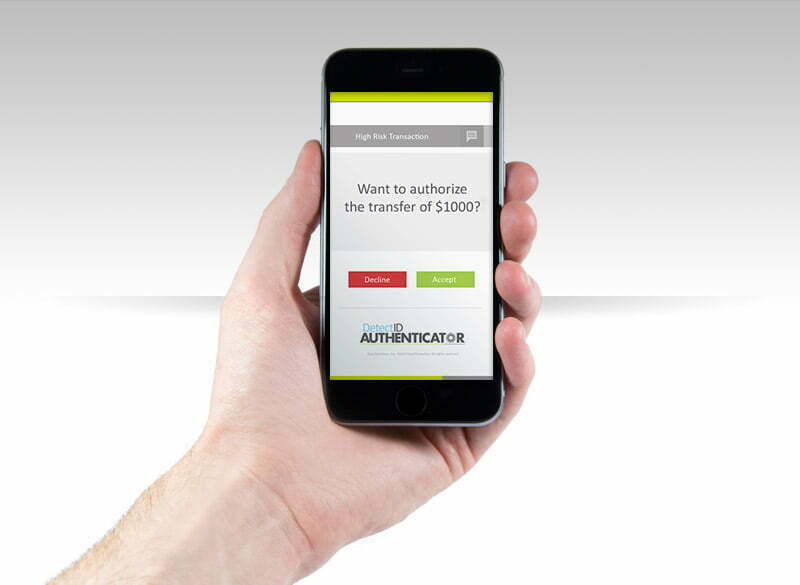Two key things will influence small businesses’ return on investment (ROI) formula. The first is how fast the business grows, and the second is how quickly the company can grow profitably. These are two separate variables, but they interact in that if the company grows faster than profitably, it will not be as profitable.
We’ve discussed ROI, but most people don’t know what it means. How do you calculate ROI for small businesses? We’ll walk through the formula step by step so you can figure out how to calculate your ROI in your small business.
You’re probably aware that you need to track the return on investment of your business investments. It would help if you determined how much revenue you’re generating from your business activities versus how much you’re spending. But it can be hard to figure out when you’re just starting. So let’s go over the math behind the formula.
Wharton professor Adam Grant a sample of 500 small businesses was surveyed. The study showed that the “return on investment” formula was one of their top three goals for improving business in 2015. We also found similar results in a survey we conducted for a previous book. I suspect that is because these businesses know what the return on investment is for themselves.

Calculating return on investment
You need to calculate the total amount of money you’re spending and the total amount you’re bringing in. Then you’ll need to determine how much of that money you’re making back.
There are three different types of business:
Agency: Agency is a service business. It is where you pay someone to do something for you. For example, an agency might be a web design company that does everything for you.
Partnership: A partnership is where you work with another person or company to achieve a common goal. For example, if you’re building a website, you can either make it yourself or hire an agency to do it for you.
Sole Proprietor: A sole proprietor is someone who owns a business on his own. He’s not working with anyone else.
First, you must figure out how much money you’re bringing in. You’ll need to determine how much money you’re bringing in and how much money you’re spending. You can do this by tracking your income.
How to calculate ROI for small businesses
You’ve probably heard the term “return on investment” before, but you may not know exactly what it means. And if you’ve been in business for any length of time, you may wonder how you can calculate this figure in your own business.
Let’s break it down.
How does the equation work?
First, you need to calculate your cost of goods sold. This is your total expenses minus your total revenues. If you’re wondering why you need this, it’s because you need to determine how much money you bring in from sales versus how much you spend on labor, marketing, and other business-related expenses.
Second, you need to calculate your profit or loss. This is your net income minus your total cost of goods sold.
Third, you need to calculate your gross profit. This is your total sales minus your cost of goods sold.
So now, you’ve got your cost of goods sold, your gross profit, and your profit or loss. You’ll need to divide your gain or loss by your cost of goods sold to determine your return on investment.
You’ll need to start with the total cost of your advertising campaigns. The total price will include your budget, how long you plan to run each movement, and how many impressions you expect to generate.
Then you’ll need to calculate how much you’re spending per impression. This includes the cost of the ad itself, the time you’re spending on the account, and any fees you’re paying.
Next, you’ll want to estimate how many people visit your site. You can get this number from your Google Analytics or other tracking software.
How to Calculate ROI for Paid Ads
First, you’ll want to calculate your average cost per lead. The average cost per lead is the average cost to acquire each piece of information divided by the number of tips.
The average cost to acquire each lead is $20.
Now, you’ll want to calculate the average cost to acquire each customer. The average cost to acquire each customer is the average cost to acquire each customer divided by the total number of customers acquired.
Frequently Asked Questions Investment
Q: What are some common mistakes small business owners make?
A: One of the biggest mistakes a business owner can make is to become over-focused on the numbers. You need to understand the numbers, but you also have to focus on your customers. You need to keep in mind that your customer is what pays your bills, not the other way around. Your customer is what matters in business.
Q: How can a business owner know if their marketing strategy works?
A: A great way to know if your marketing strategy is working is to track your conversion rates. If you have a conversion rate of 1%, then you know your marketing strategy is working. If it’s higher than that, then your marketing strategy isn’t working.
Top 3 Myths About Investment
1. You cannot make money with a business that doesn’t have sales.
2. Sales are the key to any business.
3. If you are not selling, your business is not worth anything.
Conclusion
The return on investment formula is a formula for determining the amount of money you need to start a business based on the amount of time and money you expect to invest in it. This formula is used to calculate the amount of money that a business owner needs to invest in generating a certain amount of profit. It’s also useful when calculating how much money a business needs to spend to generate a certain profit.



























